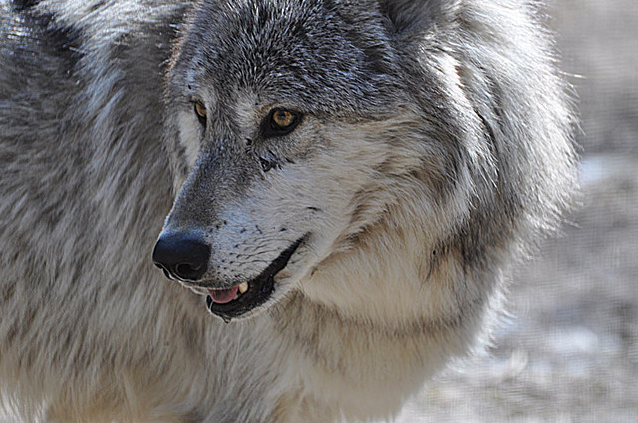
As a result, the entire ecosystem is kept in balance. The otters keep the sea urchin populations in check, thus allowing enough kelp forests to remain as a habitat for a variety of other species. Sea otters (i) regulate sea urchin populations, which in turn feed upon kelp and other macroalgae (Duggins 1980). There are a number of other well-described examples where keystone species act as determinate predators. Additionally, the original paper describing the intertidal areas was cited in over 850 papers during the same time period (Mills et al. In the twenty years that followed its publication, it was cited in over ninety publications. This paper represented a watershed in the description of ecological relationships between species. A keystone species exerts top-down influence on lower trophic levels and prevents species at lower trophic levels from monopolizing critical resources, such as competition for space or key producer food sources. Paine went on to describe the criteria for a keystone species. These individual populations are the keystone of the community's structure, and the integrity of the community and its unaltered persistence through time." Of these species he commented: "The species composition and physical appearance were greatly modified by the activities of a single native species high in the food web. In his seminal paper that followed this work, Paine (1969) derived the term keystone species to describe the starfish in these intertidal ecosystems. Within a year of the starfish's removal, species diversity significantly decreased in the study area from fifteen to eight species (Figure 2). This caused some species, such as the limpet, to emigrate from the ecosystem because of lack of food and/or space. Eventually the succession of species wiped out populations of benthic algae. This phenomenon continued until fewer and fewer species occupied the area and it was dominated by Mytilus and a few adult Mitella species. Nine months later, Blanus glandula had been replaced by rapidly growing populations of another barnacle Mitella and the mussel Mytilus. Within three months of the Pisaster removal, the barnacle, Balanus glandula, occupied 60 to 80% of the available space within the study area. Remaining members of the ecosystem's food web immediately began to compete with each other to occupy limited space and resources. The intertidal area where Pisaster had been removed was characterized by many changes.

Paine observed dramatic changes in the temperate intertidal ecosystem after Pisaster was artificially removed compared with the control area that remained unchanged in its species number and distribution. This area was compared to an adjacent, undisturbed control area of equal size.
#GRAY WOLF YELLOWSTONE FREE#
He tested his hypothesis in an experiment that involved selecting a "typical" piece of shoreline at Mukkaw Bay, about 8 meters long by 2 meters wide, that was kept free of starfish. He hypothesized that some of these consumers might be playing a greater role than others in controlling the numbers of species coexisting in these communities. Paine (1966) had observed that the diversity of organisms in rocky intertidal ecosystems declined as the number of predators in those ecosystems decreased.

One of his study sites, located at Mukkaw Bay, contained a community consistently dominated by the same species of mussels, barnacles, and the starfish, Pisaster ochraceus, which preys upon the other species as a top predator (Figure 1). The term keystone species was first coined by Robert Paine (1966) after extensive studies examining the interaction strengths of food webs in rocky intertidal ecosystems in the Pacific Northwest.


 0 kommentar(er)
0 kommentar(er)
